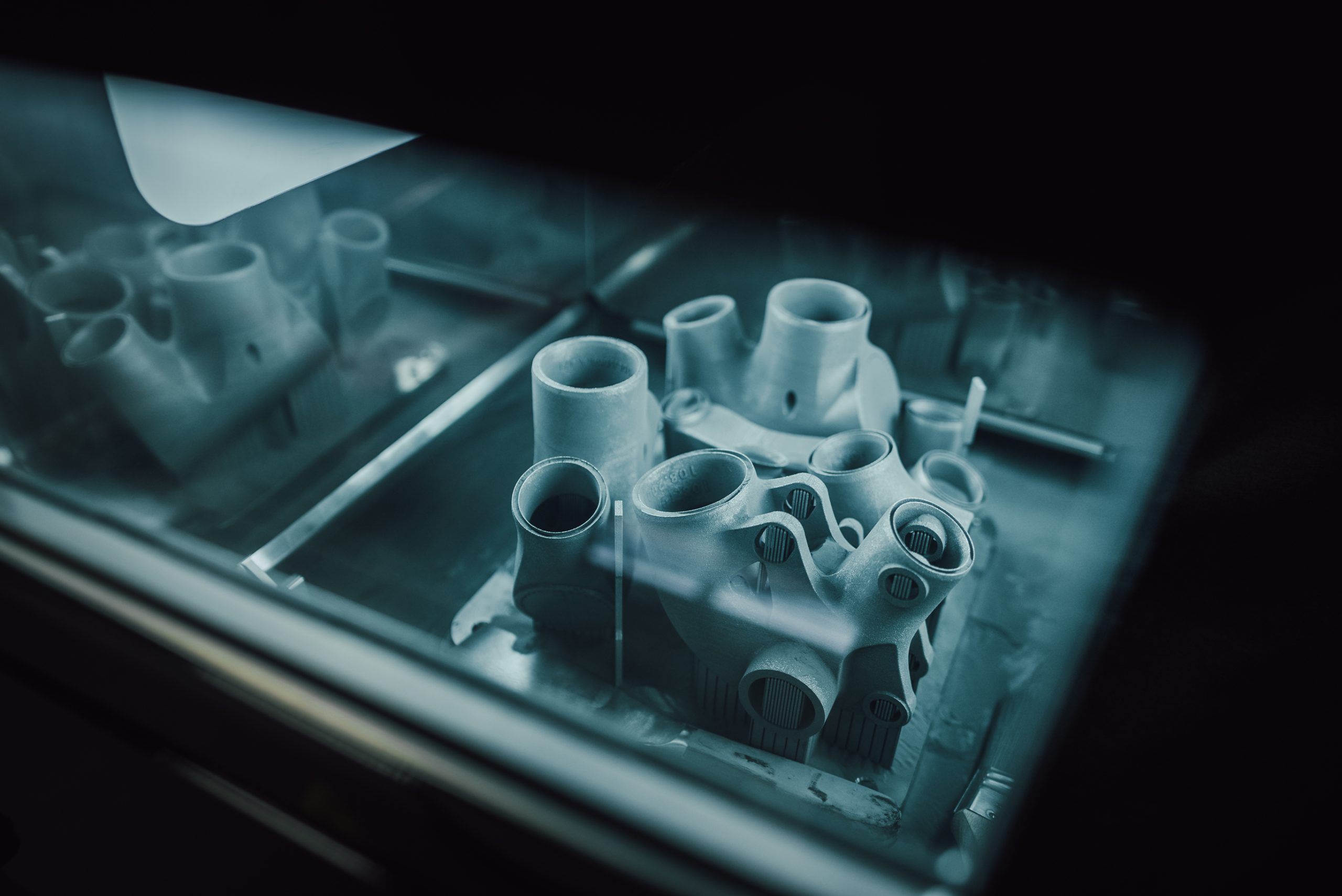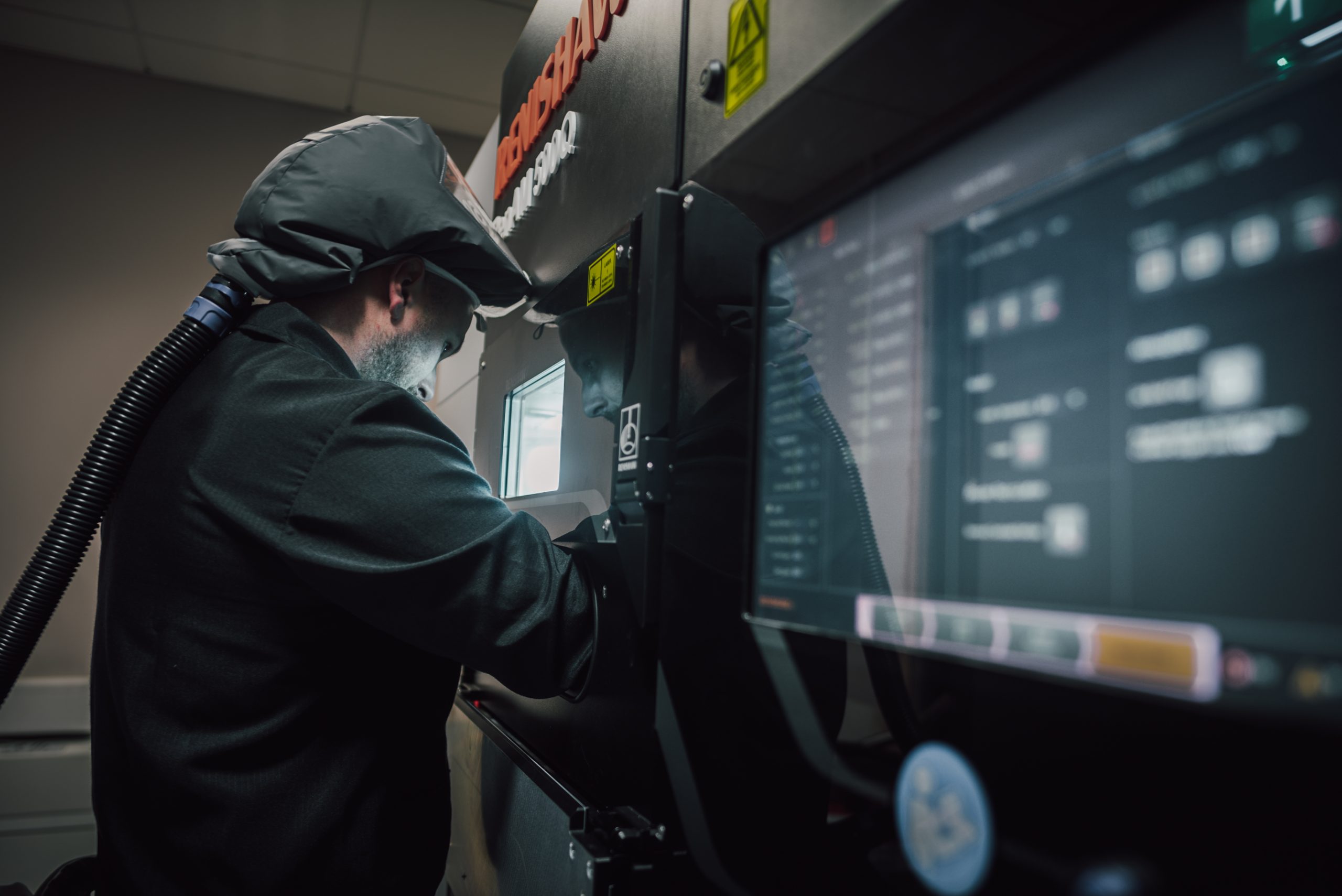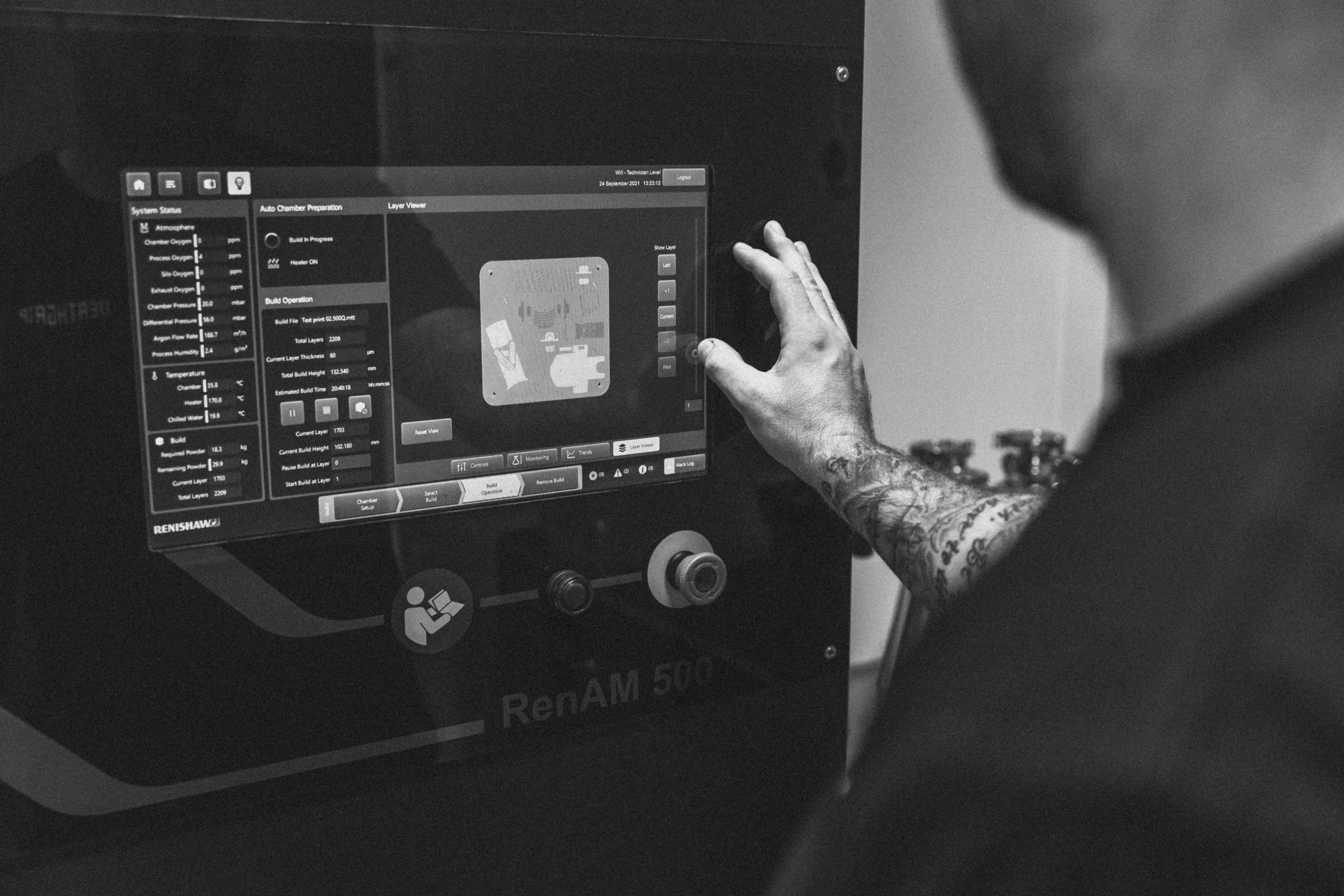UK-based engineering firm Renishaw has expanded its partnership with Welsh bespoke bicycle manufacturer Atherton Bikes to help the latter develop its in-house 3D printing capabilities.
The bike manufacturer is seeking to develop more durable, World Cup winning bikes and reduce part manufacturing time by moving its additive manufacturing processes in-house.
“The small size of our office in Wales was a challenge, because most machines are produced to fit an industrial unit, so Renishaw’s experts suggested we opt for the RenAM 500Q,” said Dan Brown, Co-founder of Atherton Bikes.
“The machine’s compact size, high speed, and build accuracy made it a perfect solution.”

Renishaw’s bicycle 3D printing expertise
Renishaw’s additive manufacturing technology has been leveraged by several bike manufacturers to produce their bicycles and related components over the years.
Back in 2013, the firm partnered with Empire Cycles to create what they claimed was the world’s first 3D printed titanium bike frame, and its machines have since been used by the likes of Robot Bike Co and Bastion Cycles to produce customized bike frames and other custom parts.
Perhaps the firm’s most high-profile exploit within the cycling industry is its role in creating a new track bike for the Great British Cycling Team alongside Lotus Engineering and Hope Technology. The bike featured in the 2020 Tokyo Olympic Games and helped a number of the team’s cyclists to podium finishes.

3D printing winning bike parts
Renishaw and Atherton Bikes first started working together in 2019 to produce 3D printed titanium lugs for the latter’s bike frames. Printed on the RenAM 500Q, the lugs were designed to be both lightweight and robust in order to reinforce joints between the tubes of Atherton Bikes’ frames, therefore better distributing the stresses put on the bike in harsh terrain.
“By investing in AM processes, Atherton has the design freedom to develop the best parts for its bikes, something that was difficult to achieve using traditional casting methods,” said Bryan Austin, Director of Sales for Renishaw’s Additive Manufacturing Group. “Casting using molds does not lend itself to producing the bespoke components that are required for Atherton’s customers. Casting also produces heavier parts because it cannot produce the internal honeycomb structure that allows 3D printed parts to be lighter.”
Now, the two companies have worked together to bring the additive manufacturing capabilities for the lugs in-house to better allow Atherton Bikes’ customers to test their new bikes in the Welsh mountains, just a short drive away from its office.
“Renishaw has supported us throughout the process, from manufacturing parts before we invested in a machine to installation and training our staff,” said Brown. “Some of our colleagues were personally trained by the Renishaw engineer at New Mills who personally manufactured our parts.
“His specific knowledge about our production process allowed our staff to quickly adapt to in-house manufacturing after the training session.”
Atherton Bikes has invested in the RenAM 500Q, a compact four-laser 3D printing system engineered to significantly increase productivity while improving the quality of the components being printed. With its four 500W lasers, the system speeds up the manufacturing process by up to four times, therefore broadening the scope of applications that were previously uneconomic to produce via additive manufacturing.
“With this machine we are able to keep up with the bespoke and high-demand manufacturing requirements, especially during the busy race season,” continued Brown. “We are able to easily modify the lug design using computer aided design, allowing us to quickly produce bespoke lugs and reproduce them if necessary.”

AM puts pedal to the metal
Bicycle manufacturers are increasingly turning to additive manufacturing to optimize a range of components thanks to its ability to consolidate multiple parts, reduce the weight of components, and produce parts with previously unachievable geometries.
For instance, custom bicycle producer Sturdy Cycles has opted for Headmade Materials’ Cold Metal Fusion (CMF) technology to produce its titanium bicycle parts, and has previously worked with RAM3D to print parts for its road bikes.
Elsewhere, cycle component manufacturers Fizik and Specialized have enlisted Carbon’s DLS 3D printing technology to improve the weight and comfort of their bicycle saddles, while DQBD has leveraged Stratasys’ H350 additive manufacturing system to create fully personalized 3D printed saddles that deliver increased performance efficiency.
Subscribe to the 3D Printing Industry newsletter for the latest news in additive manufacturing. You can also stay connected by following us on Twitter and liking us on Facebook.
Looking for a career in additive manufacturing? Visit 3D Printing Jobs for a selection of roles in the industry.
Subscribe to our YouTube channel for the latest 3D printing video shorts, reviews, and webinar replays.
Featured image shows 3D printed titanium lug sets. Photo via Atherton Bikes.



